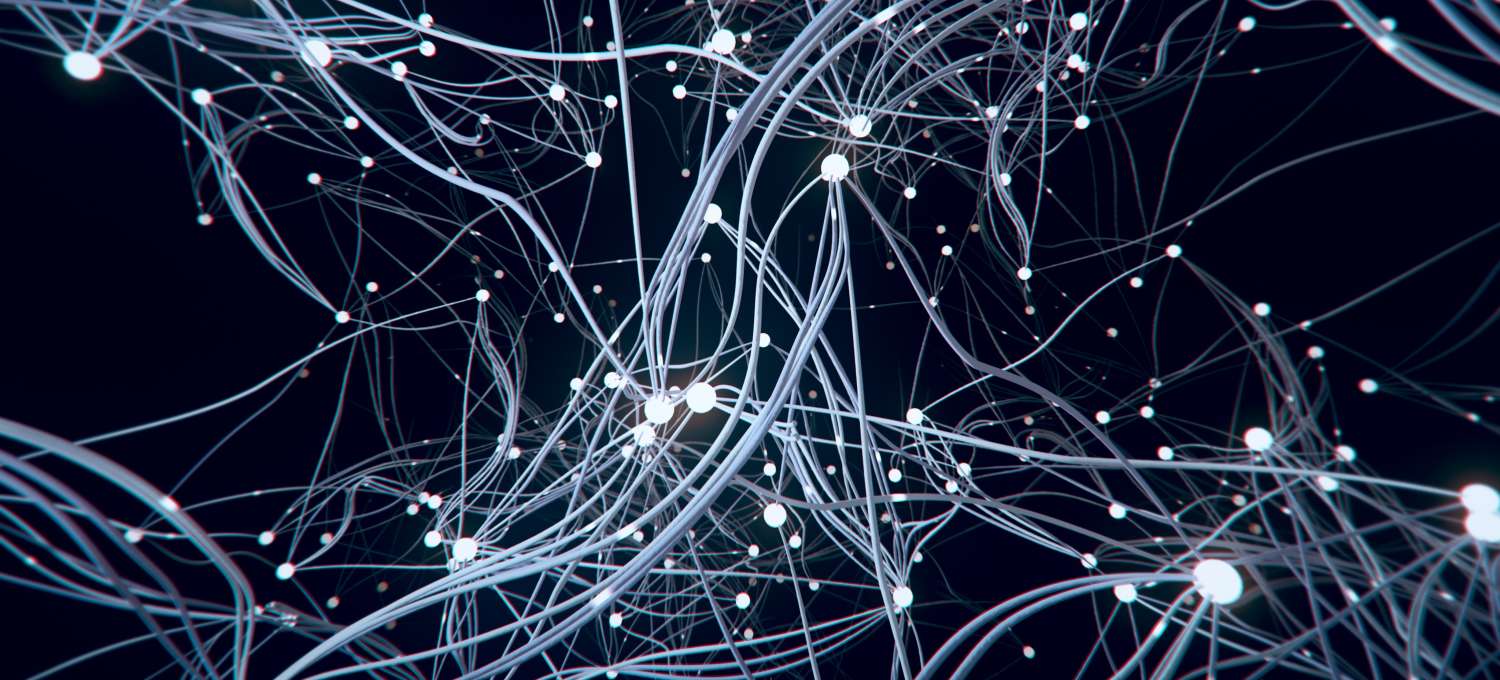Image Classification API: Common Use Cases In 2024

ZylaLabs, a comprehensive API hub is a marketplace that aims to satisfy the diverse needs of developers, offering over 1500 different APIs for building websites and apps of any kind. In this article, we'll explore the wealth of image classification APIs and delve into the common use cases prevalent in 2024.
ZylaLabs hosts a remarkable variety of image classification APIs, providing developers with a toolkit that goes beyond conventional boundaries. These APIs empower developers to automate the intricate process of analyzing, organizing, and searching through vast collections of unstructured images. Additionally, some APIs on the platform specialize in identifying whether an image is AI-generated, while others excel in extracting images from URLs. The versatility of these image classification APIs opens up a realm of possibilities for app development. Now let's focus on the use cases that these APIs enable.
Organizing Image Galleries with AI Precision
Combatting AI-Generated Content Abuse
Enhancing SEO with Image Extraction from URLs
Access to Free Trials and Robust Customer Support
ZylaLabs understands the importance of ensuring developers have a seamless experience with their APIs. Many of the image classification APIs available on the platform offer free trials, allowing developers to explore and test the functionalities before making a commitment. Furthermore, the platform prioritizes customer support, providing assistance to developers throughout their integration journey. This commitment to user satisfaction sets this API hub apart as a reliable partner for developers seeking innovative solutions.
Conclusion
ZylaLabs has emerged as a very good option for developers. The extensive range of image classification APIs available on the platform opens doors to a multitude of possibilities, from organizing image galleries with precision to combating the challenges posed by AI-generated content. With free trials and robust customer support, ZylaLabs empowers developers to usher in a new era of image classification applications in 2024.






